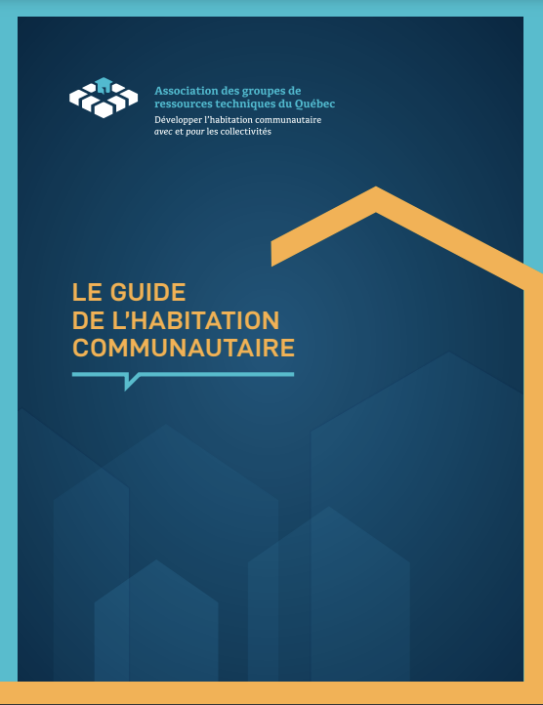GETTING STARTED
WHERE TO BEGIN
In this section of the toolbox you will find materials that can help you start planning your project and make getting started less overwhelming. Here, you will find a project conception worksheet, reading material on project management, project organization, affordable housing in Canada and community housing in Quebec as well as a short introductory feasibility checklist for your project.
TO START, YOU NEED A VISION, A CLEAR IDEA AND A THOROUGH UNDERSTANDING OF YOUR OBJECTIVE.
Brainstorming and coming up with a preliminary concept of your project can be so useful to get things rolling but is also important for later down the road, establishing a goal and the motivation behind that goal at the beginning of a project will help you make tough decisions later on as your project gets more complex.
FEASIBILITY CHECKLIST
“Project feasibility is one of the most important parts of land development and must be constantly evaluated throughout the project’s timeline. For the project to be feasible it means that the project–in regards to whatever metric is being considered–could theoretically be viable and successful. Stakeholder groups and funders will not support a project if they do not think it’s feasible (due to their own potential for losses), so it’s important to be able to “prove your project”.” -the rural development network.







